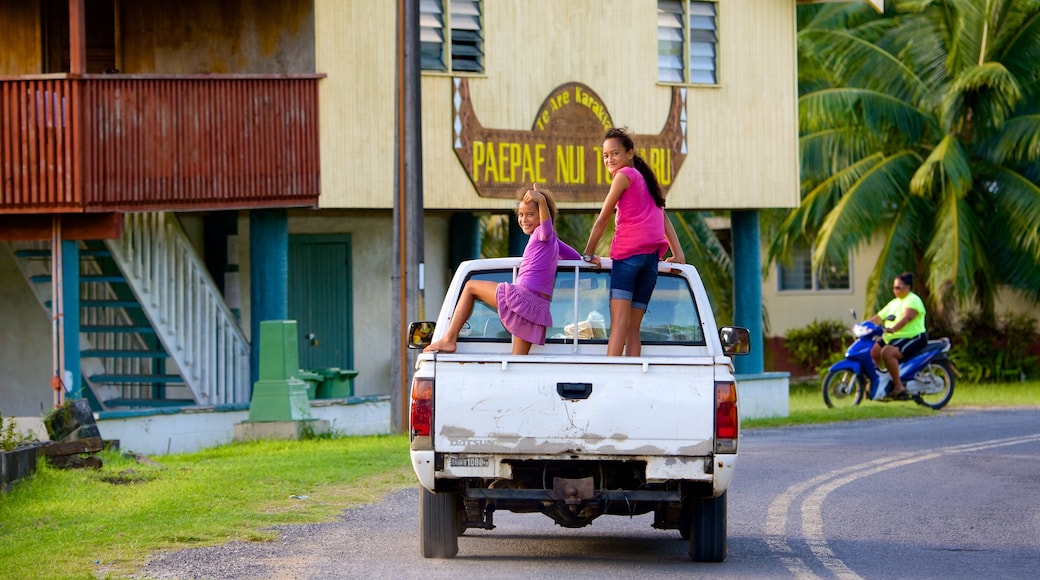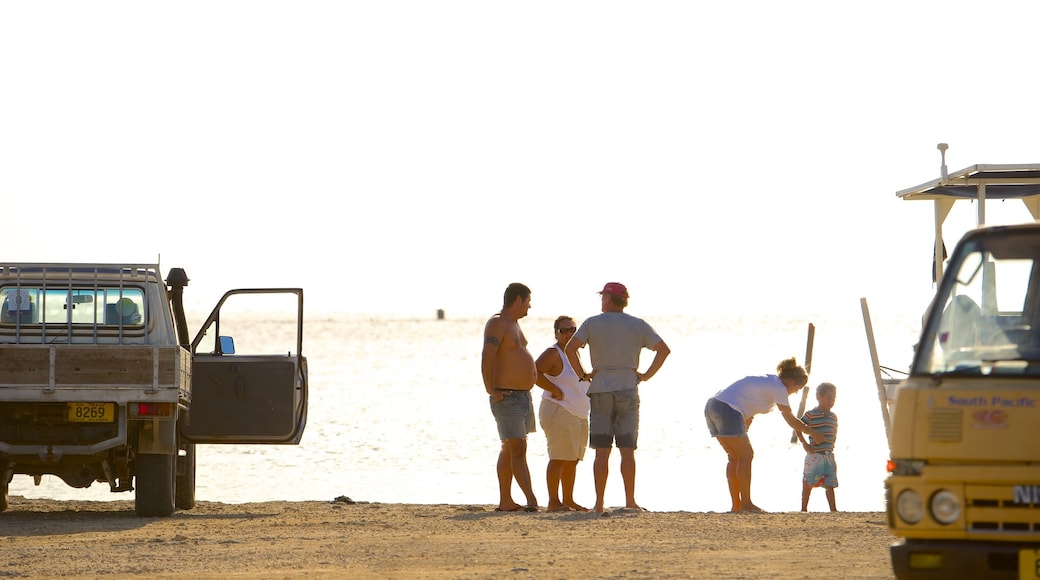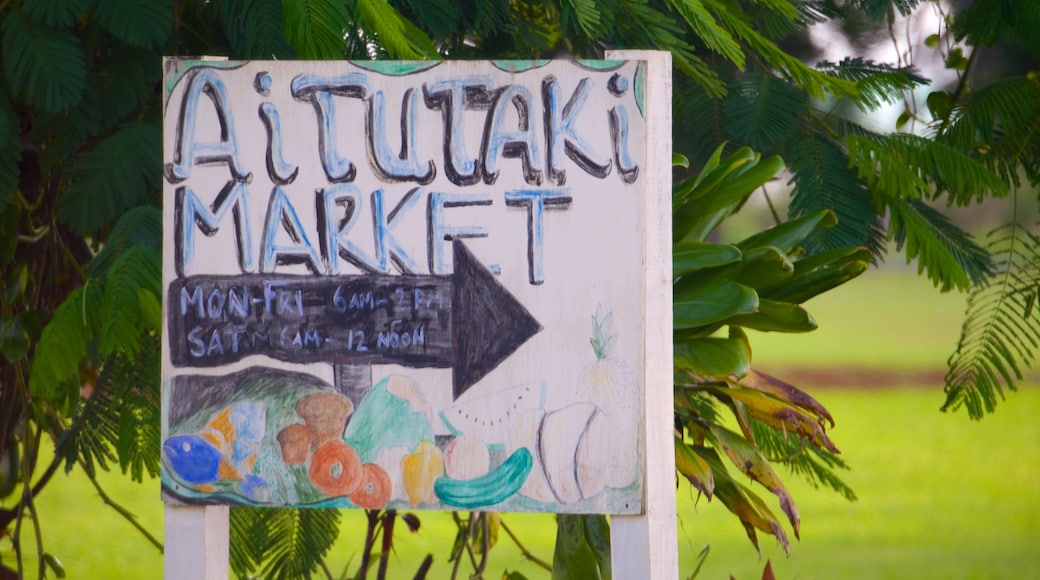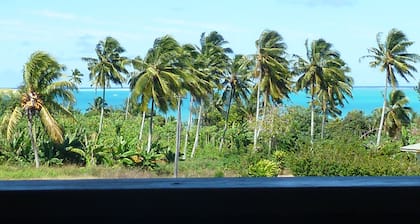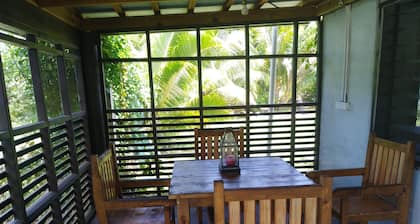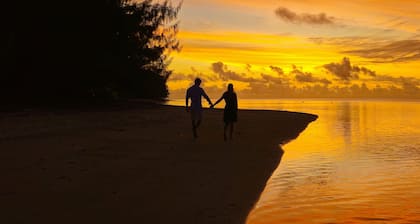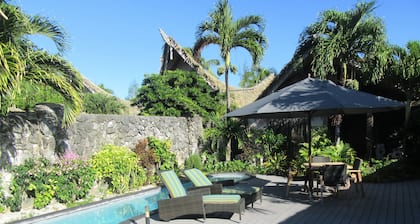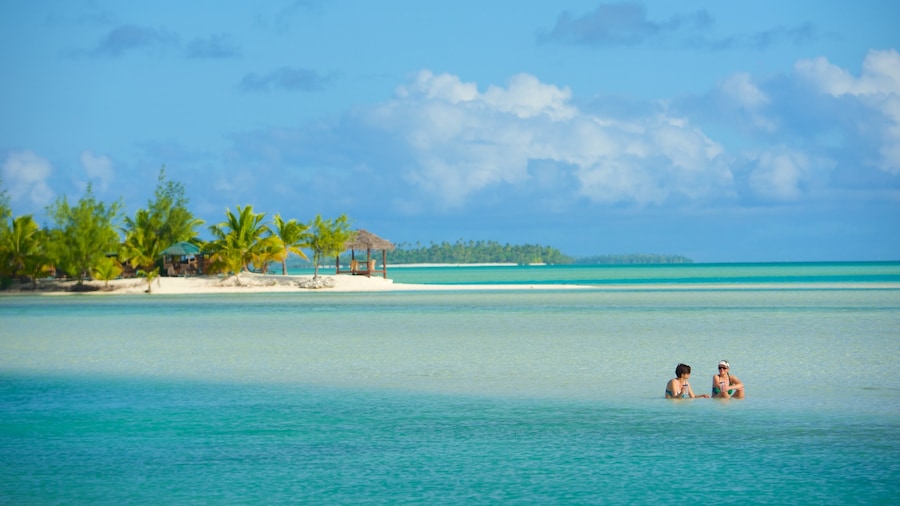Arutanga, also known as Rutanga O Te Toa, is the main village on the triangular-shaped atoll of Aitutaki. Relax on untouched beaches, float on crystal clear water and let all your worries drift away.
The islets in this area are volcanic and coral. Shallow water passages near the shore make it easy for boats to anchor. Canoe, cruise or kayak over the Aitutaki Lagoon or swim, snorkel or scuba dive around one of the motus (islets).
Gaze upon huge banyan trees or relax on One Foot Island where you can have your passport stamped. Join a fly-fishing or deep-sea fishing tour or try the local method of bone fishing. See a music and dance performance in the village of Vaipae.
The first Polynesians came to the Cook Islands around A.D. 800. With the exception of sightings by the Spanish, the islands remained relatively unaffected by Western influence until 1773. Christian missionaries came to the islands in 1821 and Aitutaki was the first place Christianity was adopted. Visit the oldest church in the Cook Islands, the Arutanga Cook Islands Christian Church.
Trek up Maunga Pu, the highest hill on the northern part of the island. During low tide, island hop along the stretch of land known as the Ootu Peninsula.
New Zealand and American forces built airstrips on Aitutaki during World War II. In the 1950s, Aitutaki Lagoon was a landing place along the Coral Route for the TEAL (Tasman Empire Airways Limited) flying boats. See the air strip and decaying jetty on Akaiami, the final remnants of the flights that ceased in 1960.
On Saturdays the Arutanga Wharf Market is held in an area that was once the epicenter of the banana business. Since the banana market declined, these markets have become popular for purchasing souvenirs, decorative woodcarvings, tapa cloth designs, contemporary and traditional paintings, fresh tropical fruit, vegetables and hand-woven baskets, hats, fans and mats.
Located on western Aitutaki Island, Arutanga is a 15-minute drive from the airport.


